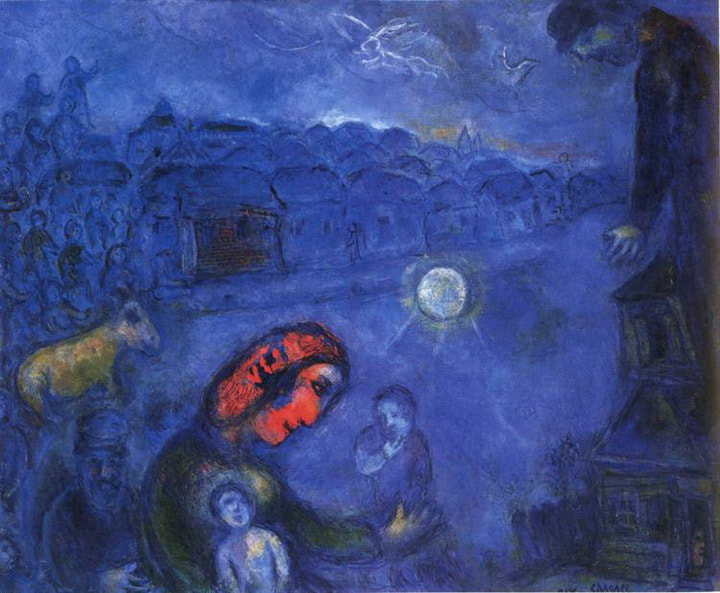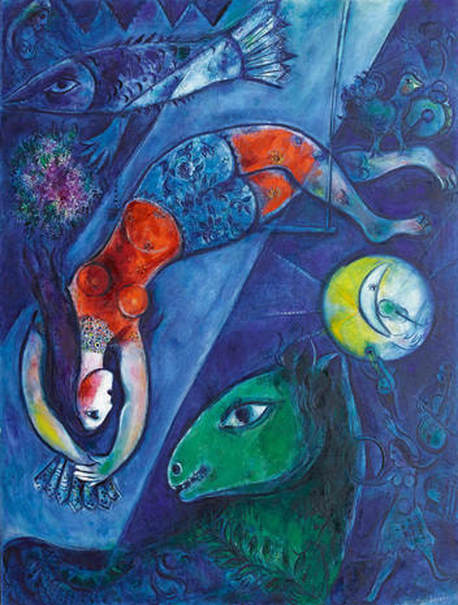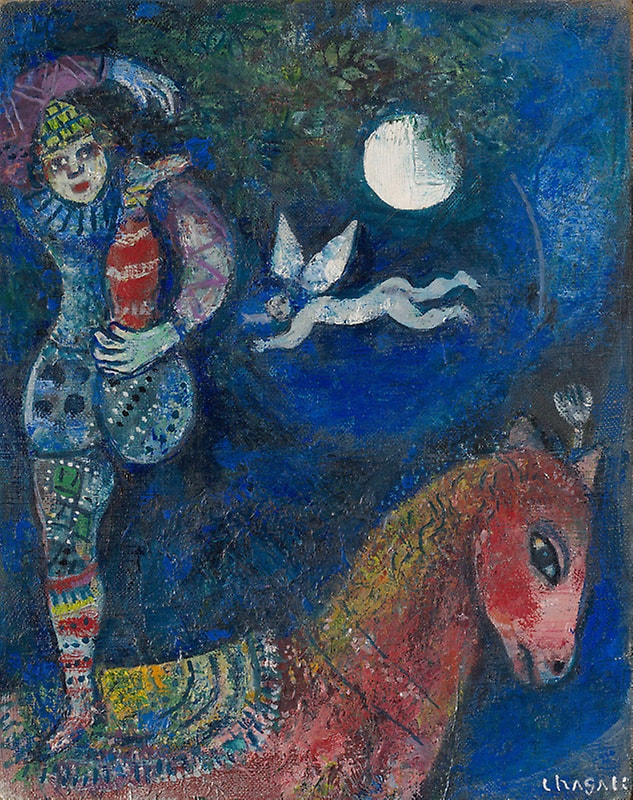n
Recently I’ve given some thought to Evan’s definitions for great wines and great wine experiences. In regards to the former, I’ve been incredibly fortunate to have tasted more than my share of great, even legendary wines over the years: 1971 Egon Müller Scharzhofberg TBA, 1961 Krug Collection, 1945 Chateau Latour, 1985 Romanée Conti, 1961 Chateau Cheval Blanc, 1982 Vega Sicilia Unico, 1974 Heitz Martha’s Vineyard, and 1941 Beaulieu Vineyard Burgundy all come to mind (the last perhaps the greatest California Pinot Noir I’ve ever tasted).
There have been great wine experiences over the years as well. As Evan mentioned, with each there’s a profound emotional connection not just to the wine, but more so to everything else in the memory as far as the people, the time or occasion, and the place. After giving it some thought, here are five of my favorite great wine experiences.
Baby Maria and Pol Roger Rosé
March 1990: my daughter Maria’s baptism at St. Dominic’s Church in Pacific Heights in the city. The wine I chose for the reception at our Fillmore St. apartment was the 1979 Pol Roger Rosé. It showed beautifully that day. I clearly remember holding Maria in one arm with a glass of the delicious rosé in the other. I also remember feeling a muddle of emotions; part proud new dad, part freaked out new dad, and the amazing love you feel for your first child—especially a daughter.
Some months later, I was invited to a Pol Roger trade dinner in the city. As luck would have it, Carla and I were seated next to Christian Pol Roger. At some point during the meal I told him that we had chosen the ’79 Rosé for Maria’s christening. He smiled, put his hand on my shoulder, and said, “May your daughter have a long and happy life.”
Trattoria Zaza and the Perfect No-Name Chianti
October 1987: Carla and I were in Europe together for the first time. We started our trek in Paris, then rented a car and drove to Blois spending several days in the Loire before heading to Burgundy. From there, we took the train to Nice, Pisa, and finally Florence.
Florence didn’t disappoint. It was the most remarkable place I’d ever experienced. After spending an afternoon in the Uffizi Gallery (!!!) and shopping in the square, we wandered about looking for a place for dinner. Not far from the cathedral, we stumbled on a joint called Trattoria ZaZa, crammed to the rafters with local students. Once inside we managed to find a table. The noise was near stadium level. The menu was limited to just pasta, pizza, and lighter fare–and the wine selection was even more limited. We opted for a liter of the house Chianti. I watched as the woman serving us drew it directly into a carafe from a huge barrel behind the bar. She immediately delivered it to our table with two clunky glasses that would have been handy in a bar fight.
The first sip was unforgettable—the essence of Sangiovese and autumn in Tuscany. It was the most delicious red wine I had ever tasted up to that point in time. Looking back, it still is the most delicious Chianti I have ever tasted. How good? Carla and I managed to work our way through the better part of two liters of it with dinner. Enough said.
Nothing is better than tasting a wine at its place of origin. The combination often makes for a great wine experience. Such was the case in September 2006 during the legendary MS tour of Greece. Ten days of seeing literally every part of the country that has anything to do with wine. We spent an average of four-plus hours a day in a van driven by a young Greek lad who wore the same synthetic disco shirt the entire trip thereby redefining the concept of terroir.
The highlight of highlights was visiting the island of Santorini, surely one of the most beautiful spots on the planet. On the drier leeward side of the island Paris Sigalas and his crew tirelessly care for old Assyrtiko vines that are pruned close to the ground into round basket-like shapes called ampellari. I have vivid memories of our group standing in the late afternoon sun with Sigalas and his winemaker. Sigalas repeatedly mentioned the terroir, pointing at the ground which was covered with a proliferation of volcanic rocks of every kind including chunks of whitish pumice that were so light in the hand they were almost weightless.
We headed back to the winery to taste verticals of oaked and un-oaked Assyrtiko. The experience was revelatory. Sigalas’ Assyrtiko is one of a kind due to its great depth and richness with the alcohol level often up to 14.5% balanced by ferociously high natural acidity. But the hallmark of all Sigalas wines is the minerality, which is completely off the charts. There probably isn’t a better example of volcanic minerality in any wine made anywhere.
To this day, Sigalas’ Santorini remains one of my very favorite white wines. Whenever I taste it, I’m instantly transported back that late afternoon standing in Sigalas’ vineyard bathed with golden Mediterranean sunlight looking at the arid, windswept vines in their odd basket shapes. The feeling is remarkable.
The Doctor Is In
May 2002: my third trip to the Mosel. It was early evening and the fourth and last winery stop for the day. By now, residual sugar and the insanely high acidity from tasting dozens of Rieslings had managed to fry the palate of everyone in the group, including mine. Since early morning, we’d been tasting wines from the superb 2001 vintage just bottled. But the best of the day was saved for last. Our final appointment was at Weingut Wegeler in Bernkastel with winemaker Norbert Breit as our host. After meeting us at the winery off a narrow cobblestone street in Bernkastel, we drove up the steep and winding road hundreds of feet above the river to the very top of the legendary Doctor vineyard. Breit pulled a newly minted bottle of 2001 Wegeler Doctor Spätlese from his leather bag, opened, and poured. From there he really didn’t need to say anything else.
Wines from the Doctor vineyard, widely considered the best in the Mosel and easily in the top five in all Germany, are known for their remarkable concentration, opulence, and precision. The 2001 didn’t disappoint. It’s one of the greatest young German Rieslings I’ve ever tasted. Standing on shifting dark slate I looked down the perilously steep slope at the tiny village below with the river snaking away in the golden late afternoon sunlight. I reached down to pick up a chunk of dark slate the size of a large paperweight and took another sip of utterly delicious Riesling. It was nectar of the gods.
Christmas 1982: my first great wine experience happened on a cold Christmas night in Ann Arbor when I was in graduate school. Carla and I opted not to go home to New Mexico for the holidays that first year. Armando Ghitalla, my trumpet professor, and his wife Pauline, kindly invited us to Christmas dinner. The other dinner guests that night included H. Robert Reynolds, director of bands at the music school, and his wife.
Some weeks before, good friend Bob Reyen (who would go on to be Maria’s godfather) had given Carla and me a bottle of ’76 Silver Oak Alexander Valley Cabernet. I’d never heard of the winery much less tasted the wine, but he assured me that it was outstanding. The bottle became our donation to Christmas dinner.
With the soup course cleared, Mundy—as we liked to call him–and Pauline disappeared into the kitchen to carve the roast beast. I opted to open and pour the bottle of Silver Oak. What happened next is not easy to describe. After serving the wine, I sat down and picked up my glass. Reynolds, who had just been extolling the virtues of the bottles of ’61 Bordeaux in his collection (totally meaningless to me at the time), smelled the Cabernet in his glass and then immediately said a quiet, but very emphatic, “Wow!” Carla said that the room smelled like flowers. I quickly put my nose in the glass only to be assaulted by a tsunami of blackberry jam and spice box. I had never experienced anything remotely like it before with any wine. It was the very first time wine didn’t smell just like wine, it smelled like something—something I recognized. The bright lights shined and the angels sang—the whole enchilada. I finally got it. I finally knew what everyone was talking about. In short, I had my first wine epiphany. From then on whenever I put my nose in a glass wine smelled like “things” instead of just wine. In that moment, everything changed and wine would never be the same. I would never be the same.
Coda
Sometimes I’m asked if one can script a great wine experience, or if it can somehow be predicted. My answer is that I doubt it because part of the recipe seems to be serendipity and being open and receptive to a confluence of elements that make up a great wine experience. However, chasing an elusive great wine experience is always more than worth the effort. In reading this post, memories of both great wines and great wine experiences probably came up for you. I hope many more of both are in your future. Cheers!
nn


